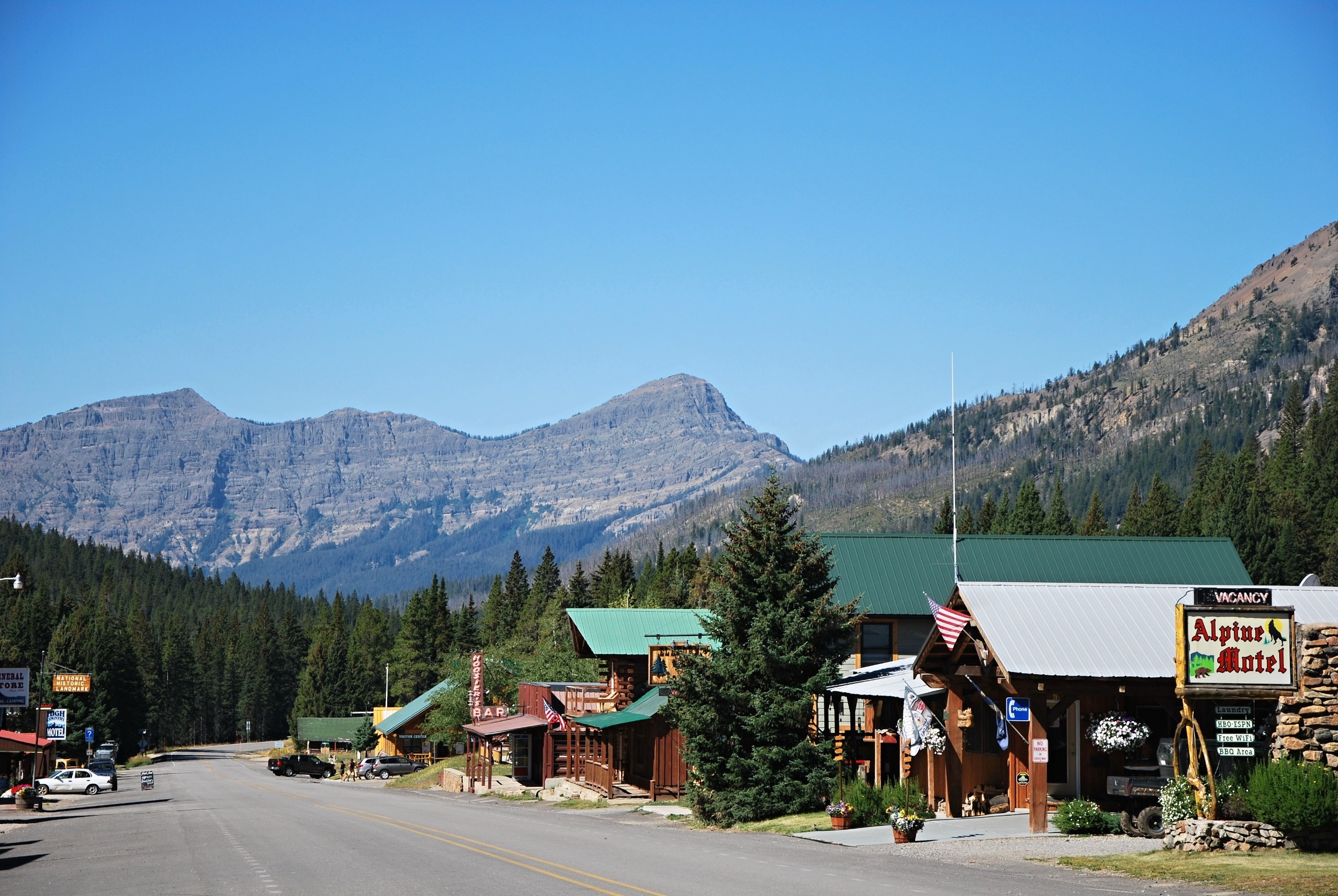Over the past few months, you have probably read an article, watched a news story
or looked at a help wanted sign at a business. It seems Montana businesses are having
difficulty finding enough workers. The articles and news stories have pointed to
CV-19 health concerns, lack of day care options, enhanced unemployment benefits, lack
of willingness to work on the part of some individuals, low pay by employers and lack
of access to foreign worker programs as possible causes. A recent report by Christopher Bradley (Senior Economist with the Montana Department of Labor and
Industry) does an excellent job of providing some context to workforce issues in Montana.
The report starts by defining the labor force in terms of how it is tracked and reported.
The Labor Force is defined as people age 16 and older who are working or actively
looking for work. Both Montana and US labor force participation rates (labor force
divided by the total age 16 and over population) has declined from around 64% to 61.5%
over the past decade. Those not in the labor force cite four primary reasons for
not working or looking for work: retirement (59%), attending school (13.4%), injury
or illness (12.8%) and caring for family members (10.5%). Not surprisingly, labor
force participation varies by age. About 21% of Montanans over age 65 report being
in the workforce while about 60% of Montanans age 16 to 24 report being in the workforce.
The labor force participation rate for those age 25 to 64 is higher. This group is
often referred to as “prime age workers.”
How has Montana’s Labor Force changed in recent years?
Since 2015, Montana’s labor force has grown from 516,971 to 536,970 in 2021 (June,
seasonally adjusted numbers). Montana’s labor force was at its highest level in recent
years in 2020 at over 549,000. The number of employed workers in Montana shows that
2021 is the highest level in recent years. The number of unemployed in Montana in
2021 is at the second lowest point in the past 7 years.
|
Year
|
Employed
|
Unemployed
|
Labor Force
|
|---|---|---|---|
|
2021
|
517,326
|
19,644
|
536,970
|
|
2020
|
507,756
|
41,539
|
549,295
|
|
2019
|
516,760
|
19,102
|
535,862
|
|
2018
|
509,458
|
19,974
|
529,432
|
|
2017
|
504,679
|
21,439
|
526,118
|
|
2016
|
499,140
|
22,512
|
521,652
|
|
2015
|
495,441
|
21,530
|
516,971
|
|
Seasonally Adjusted (June)
|
|||
Source: https://lmi.mt.gov/Home/DS-Results-LAUS
The overall size of the workforce is only part of the discussion about a worker shortage.
An analysis of the question would also need to look at how many jobs employers have
created, in what industries, pay rates and several other more complex issues beyond
the scope of this post. A few conclusions we can draw from this data is that Montana
has generally had a growing number of employed individuals and those in the work force
over the past several years with the notable exception of 2020. Another is the pool
of unemployed workers in Montana is very low by recent standards. There are a number
of issues that I will be watching in the coming months. They include: 1) Will we
see more Montanans enter the labor force? 2) Will we see workers migrate to Montana?
3) Will employers increase pay or benefits to attract more workers? 4) Will employers
find ways to do more with less workers?
See other Related Articles:
Job Vacancies and the Role of Immigrants
Help Wanted & H-2A
Labor Markets: Transitory or Structural Change

Joel Schumacher
MSU Extension Associate Specialist

